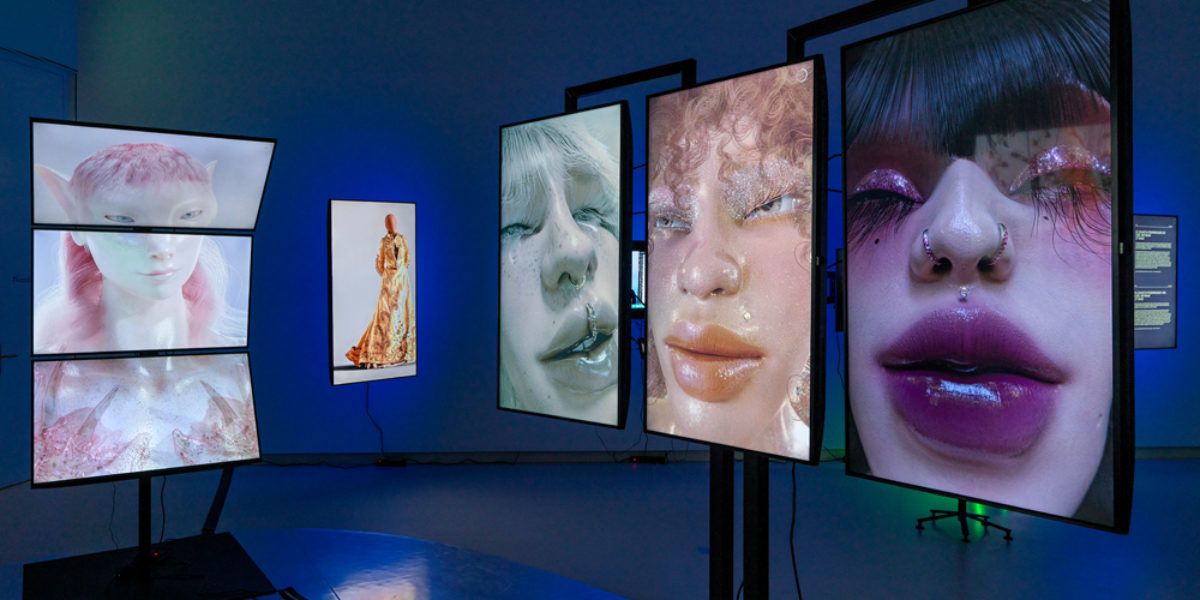Posthuman
Welcome to the Third Floor, where we take the themes explored in our exhibitions to a new level. Do you wear glasses? Do you have contact lenses or a pacemaker? Do you use DigiD? If so, you’re already part-cyborg and have taken your first steps in the ‘posthuman’ era. Discover how designers, artists and scientists are thinking about the future of the human body.
- Music
- Article
- Book
- Designer
- From the exhibition
- Interview
- Podcast
- Video
- Tentoonstelling Van Bauhaus naar Mekka
- Tentoonstelling Vrouwen als technologie
- Exhibition Women as technology
- Tentoonstelling Screenwear
- Tentoonstelling BodyDrift
- Uit de collectie
- Collection
- Achtergrond
- GOTHIEK
- Industrie
- Subcultuur
- Tentoonstelling
- Tips
- Wind force 5
- Wind force 10
- Windkracht 1
- Windkracht 5
- Windkracht 10

Real Girls’ Work (Echt Meisjeswerk)
Researcher and curator Lua Vollaard wrote an exclusive article for the Third Floor about her findings from the archival research on the Philips semiconductor factory in Nijmegen. How did the “neat girls” with “manual skills,” who played a crucial role in making microchips in Nijmegen, disappear from the history books?

Sleek, Not Sleazy: Natural Contours Vibrators
Sex historian and journalist Hallie Lieberman explores a Dutch design legacy of sextoys. In this exclusive article for the Third Floor, she writes how Jandirk Groet, designer of Fokker airplanes, partnered with American feminist porn director Candida Royalle to create Natural Contours.
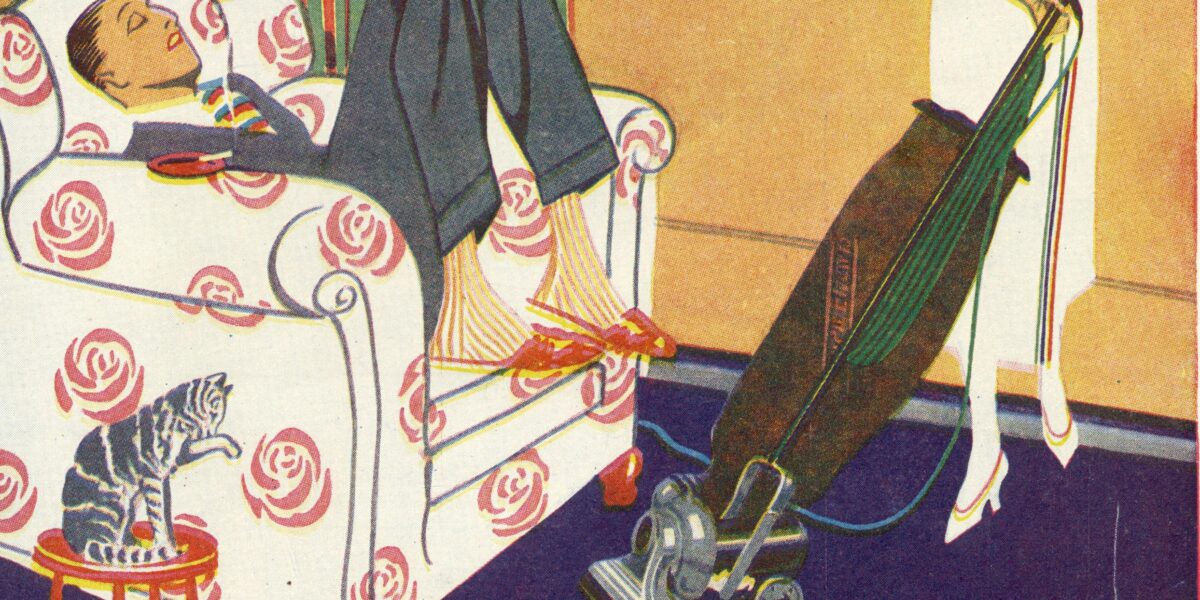
Artificial Intelligence Has Freed the Man–Now Let Him Make the Bed
Tim Gouw is a writer and stay-at-home dad. He writes and speaks about (equal) parenthood and the division of roles that comes with it. Exclusively for the Third Floor, he wrote an essay within the framework of the subtheme Women as Homemakers from the exhibition Women as Technology. He wonders: if artificial intelligence (AI) is…

Booklet Women as Technology
As part of the exhibition Women as Technology, we have compiled the exhibition texts and the extensive timeline into a special booklet. You can browse the booklet here.
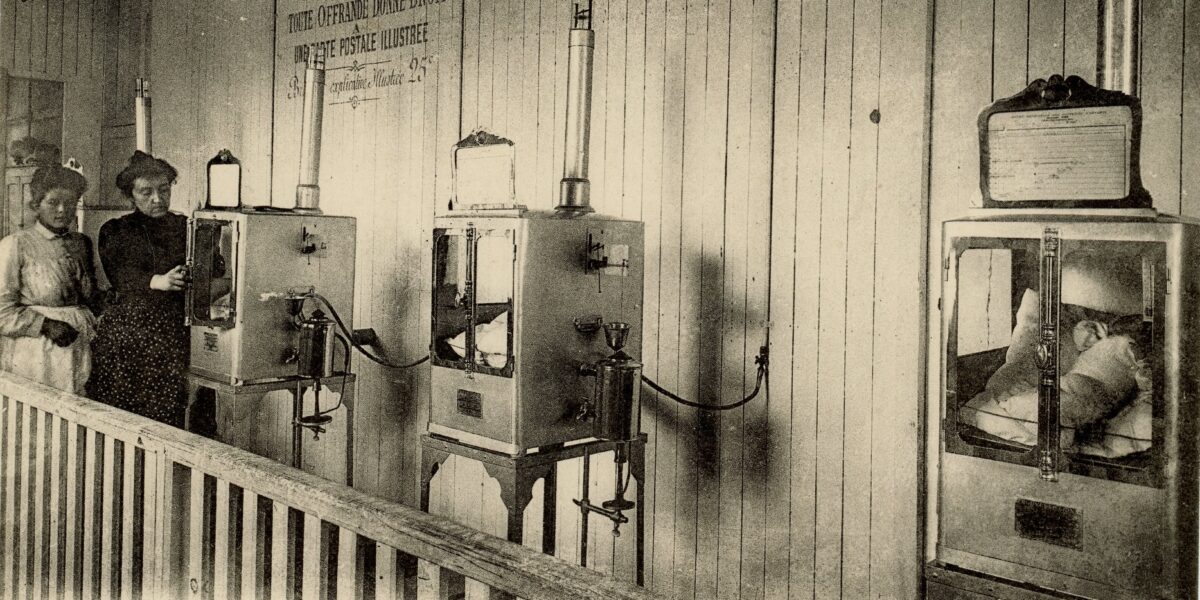
Incubators as Attractions
Thijs Gras is a historian and ambulance paramedic. He has published several books on the history of ambulance care, but he also maintains a particular interest in the history of incubators. Exclusively for the Third Floor, he wrote an article on the phenomenon of the ‘incubator as attraction’, in conjunction with the exhibition Women as Technology.

Women in the spotlight
The exhibition Women as Technology highlights several women from past and present. Here you can find an overview.

Timeline legislation and regulations
The exhibition ‘Women as technology’ features a timeline on laws and regulations in the Netherlands. In this article, you will find a more detailed explanation of this timeline.

Timeline development of technology
The exhibition Women as technology features a timeline of the themes of emancipation of women in the Netherlands, laws and regulations and development of technology. In this article, you will find a more detailed explanation of the theme development of technology.

Timeline women’s emancipation in the Netherlands
The exhibition “Women as technology” features a timeline on women’s emancipation in the Netherlands. In this article, you will find a more detailed explanation of this timeline.
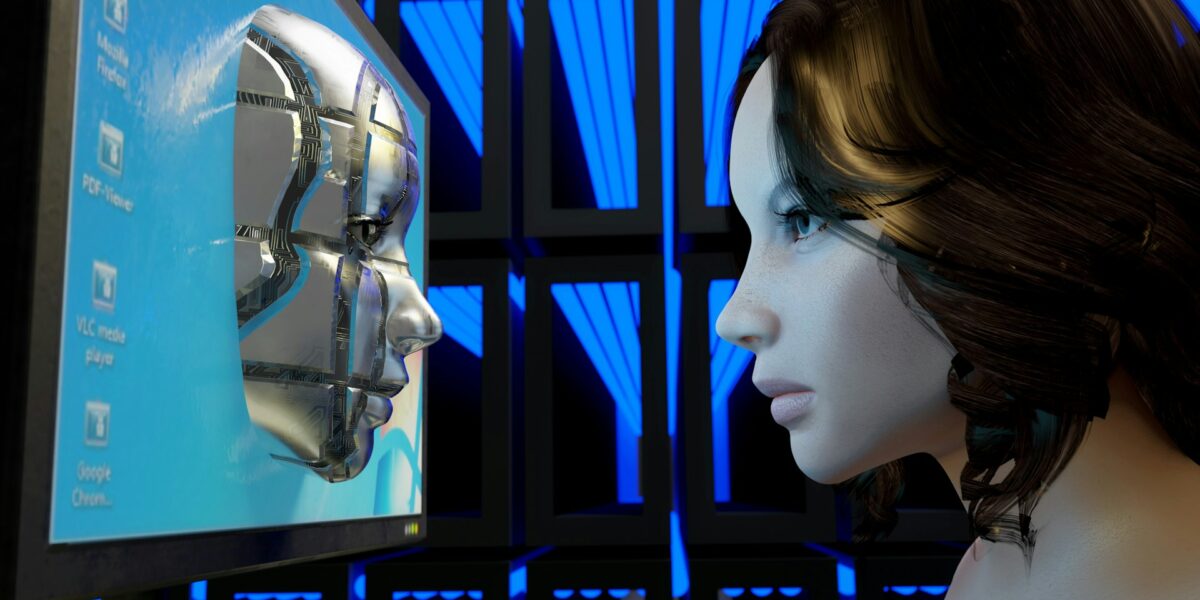
Women as pleasure machines
Rather than being futuristic fantasies, hyperfeminine robots in movies and comic books reflect deeply rooted gender stereotypes. Their design is rarely neutral: they are slender, sensual and obedient – tailored to the male gaze.
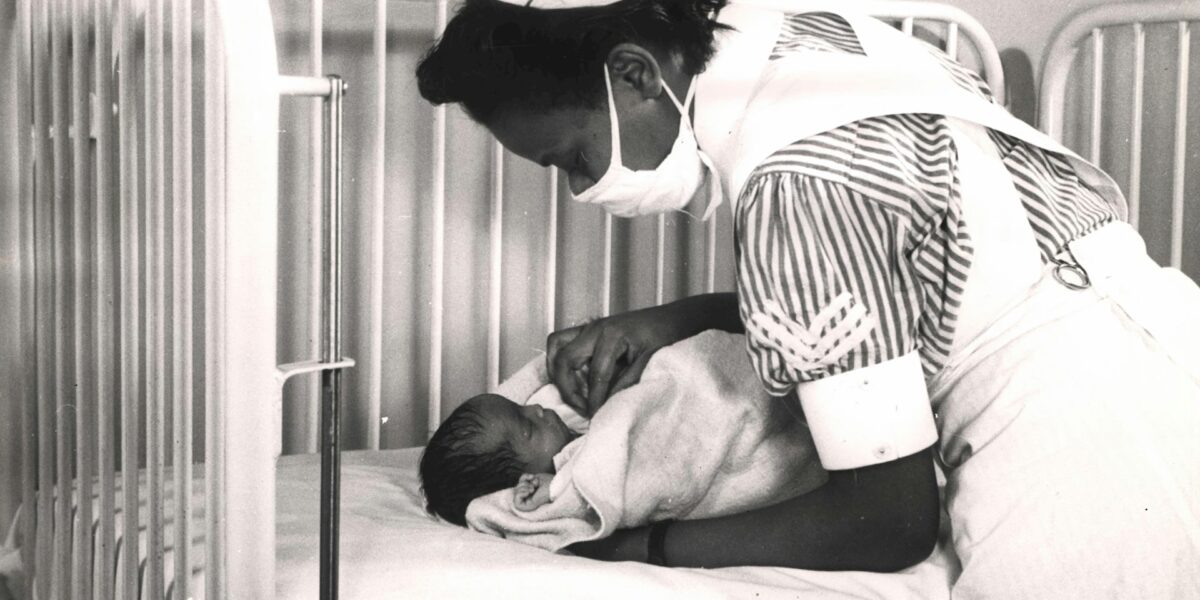
Women as breeding machines
The womb might well be the most discussed and regulated female organ in history. Not as part of the body, however, but as an abstract, reproductive object.

Women as homemakers
Although domestic technology is seemingly designed to reduce work, it has mostly served to heighten the existing division of roles within the home.
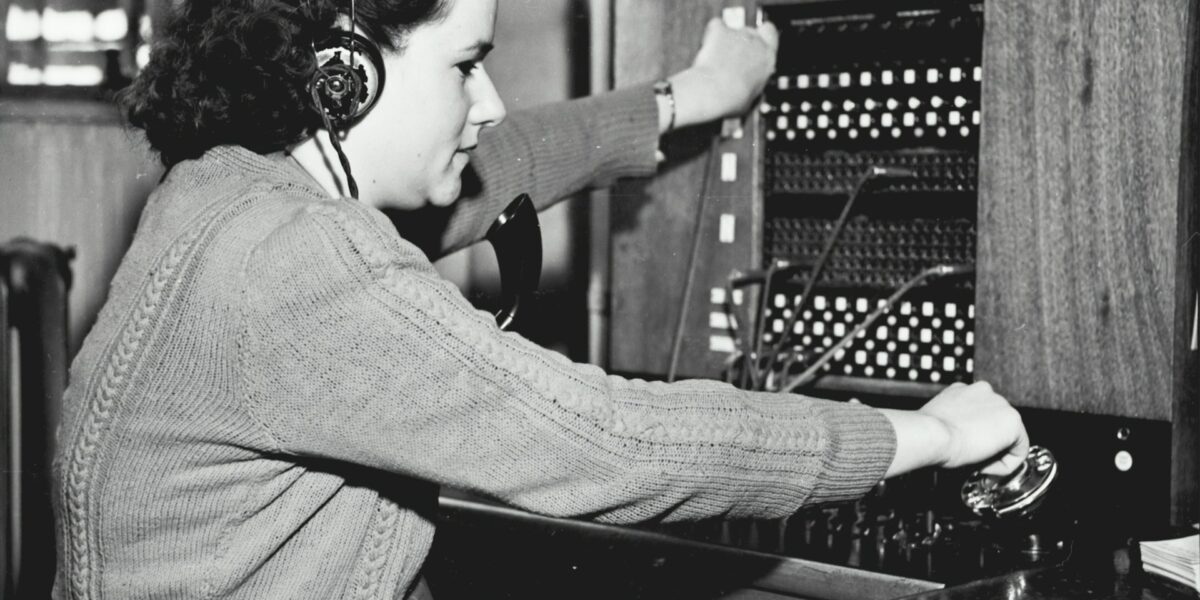
Women as calculators
Before ‘computers’ were machines, the word was used to describe women who performed complex calculations. Their work was indispensable, but was undervalued in terms of both status and pay.

Posthumanism: nowadays we get to decide for ourselves who we will become
In an age where our lives are inextricably tied up with new techniques and technologies, it’s important to pause from time to time to reflect on how these things are influencing both us and our society.

Avatars, your wardrobe of wearable identities
Heera Shin researched the development of metaverses and avatars and asked herself: how do we care for this growing number of avatars, our digital identities?

A complete guide of metaverse terms you need to know
As not to get left behind as digitalisation rapidly develops, FashionUnited has compiled a selection of terms and words that are imperative to understanding this vast new realm.

So Posthuman (3): Monstrous humans and human monsters
Afgerukte ledematen, ontbindende lijken en afstotelijke monsters. Net als in het posthumanisme staat in gothic het lichaam centraal. Toevallig? Volgens curator Tomas van den Heuvel niet.
Women as technology
Why is it that virtual assistants like Siri, Alexa and Cortana often have a female-sounding name and voice? Why was it that in the 1940s the calculating power of computers was expressed in ‘girl hours’? Discover it in the exhibition Women as technology.

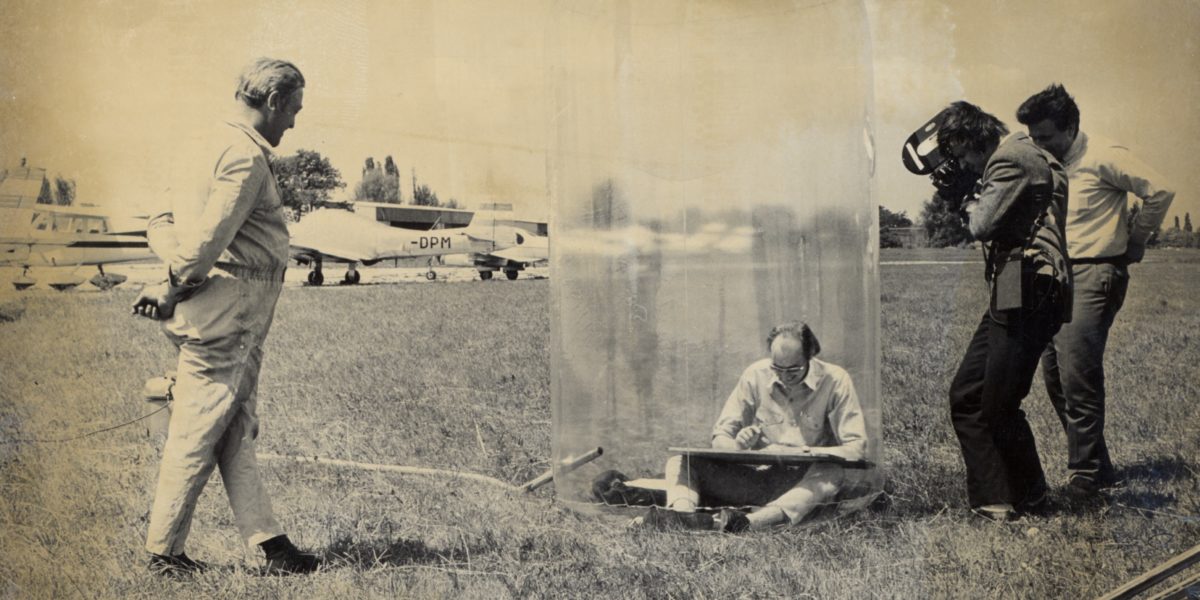
So Posthuman (2): Capsules: the ‘bubbles’ of the Sixties
In what is also known as ‘the Inflatable Era’, inflatable architecture was manufactured as a prerequisite for a new, nomadic way of life. Space travel served as the inspiration for these capsules. However, are these high-tech hide-outs post-human or not?
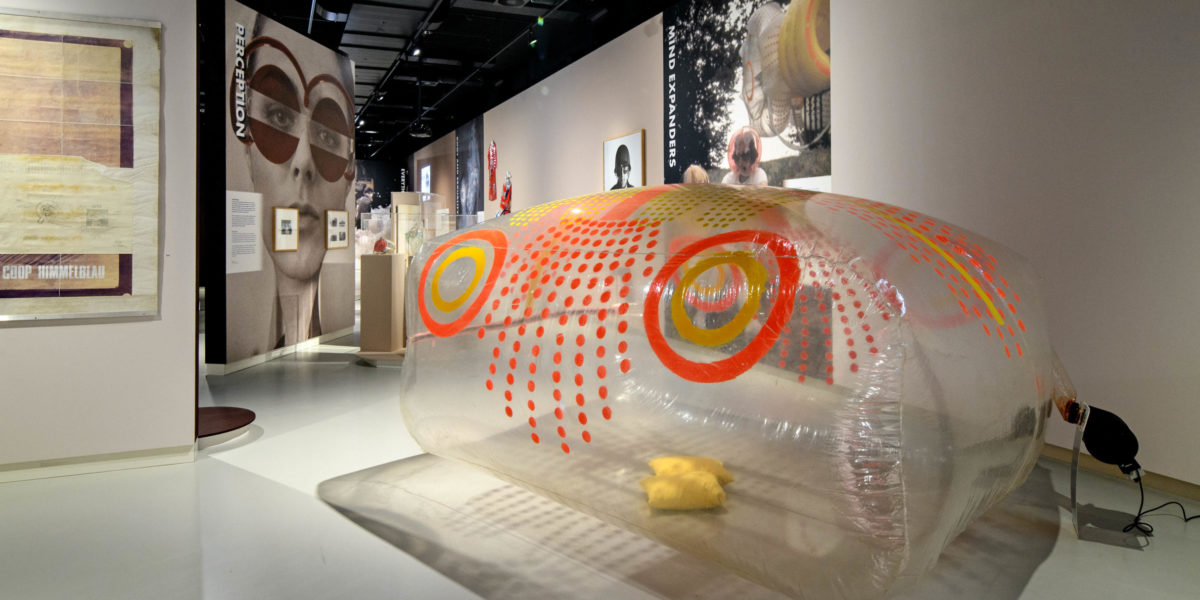
So Posthuman (1): Open your eyes
Posthuman; once your eyes are opened to it you see it everywhere. But what is it? In this recurring series, curator Fredric Baas explains. In the first column, Baas focuses on the changing human body, something Austrian designers were already investigating in the 1960s.
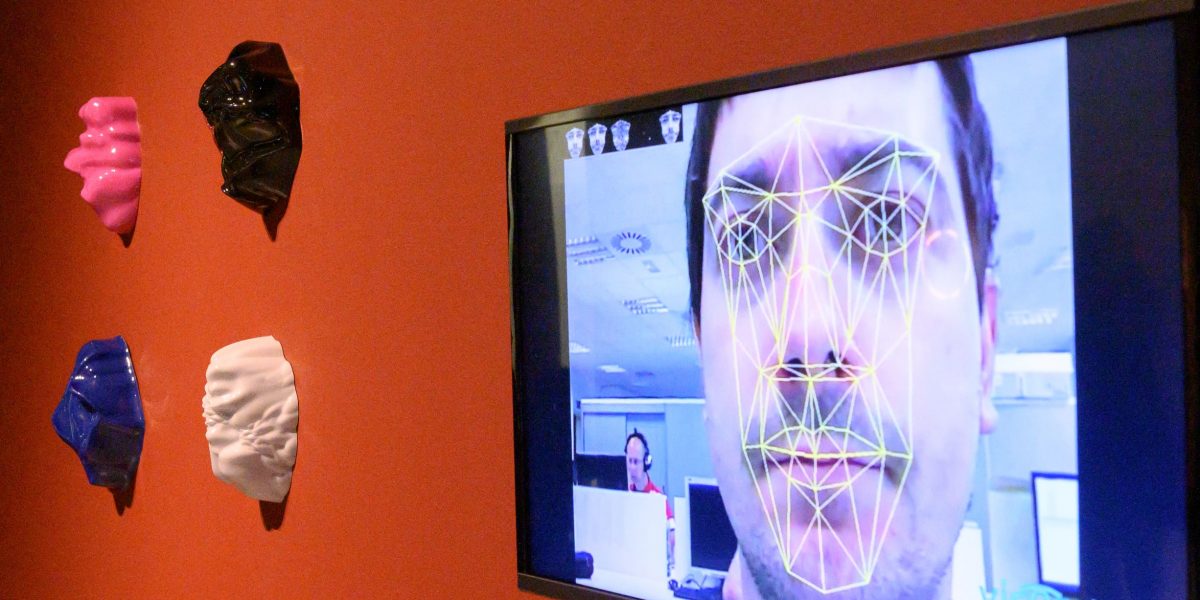
Spotlight: Facial Weaponization Suite by Zach Blas
The ‘Facial Weaponization Suite’ by the American activist and artist Zach Blas is a protest against biometric facial recognition in security cameras. He circumvents this technology, while at the same time exposing the inequalities perpetuated by surveillance of this kind.
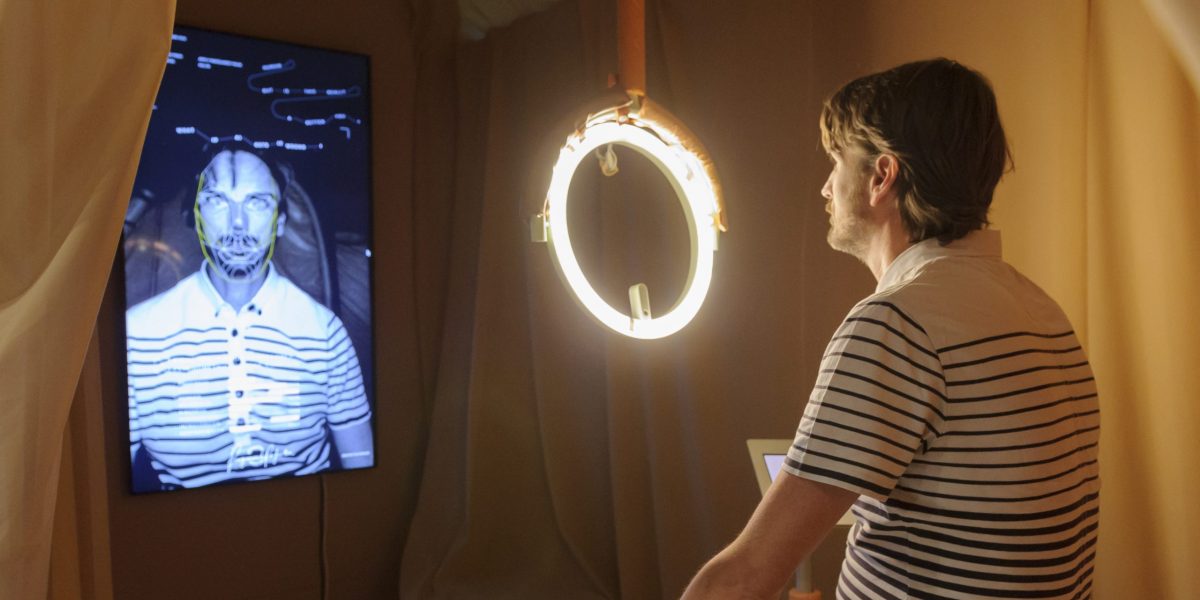
What is it like to be posthuman? (part 1)
Fredric Baas, curator of BodyDrift – Anatomies of the Future, spent two years researching the ‘posthuman’ theme. He shares the fruits of that research in this series of articles.
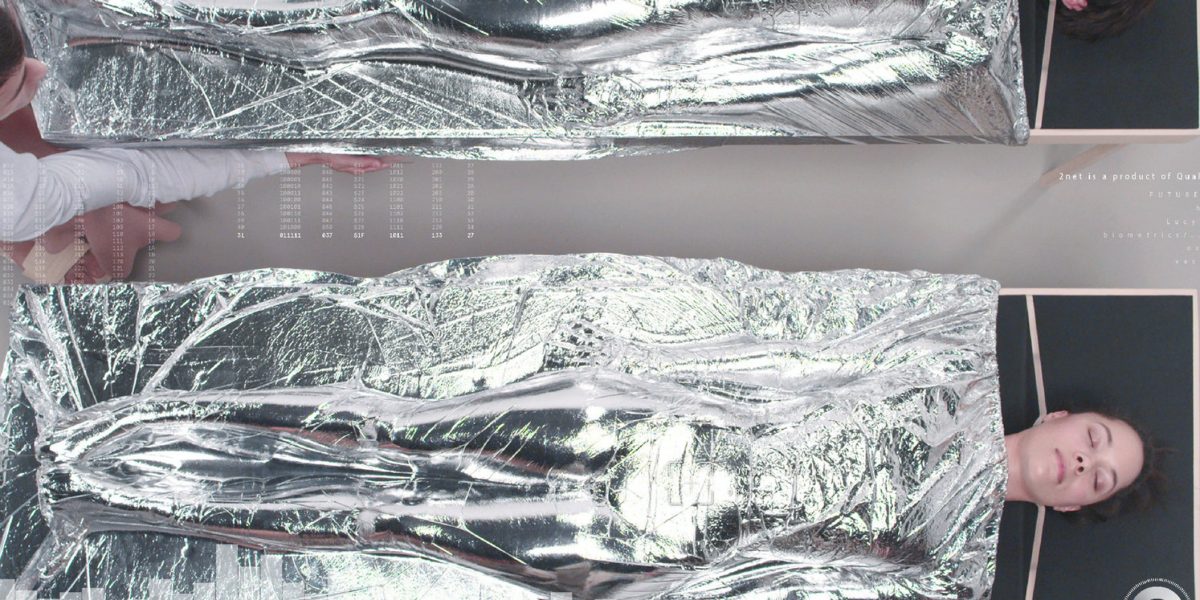
Hugged by a machine
Could a machine ever satisfy our need for a hug? The designer Bart Hess talks in this video about Lucy McRae’s work Future Day Spa.
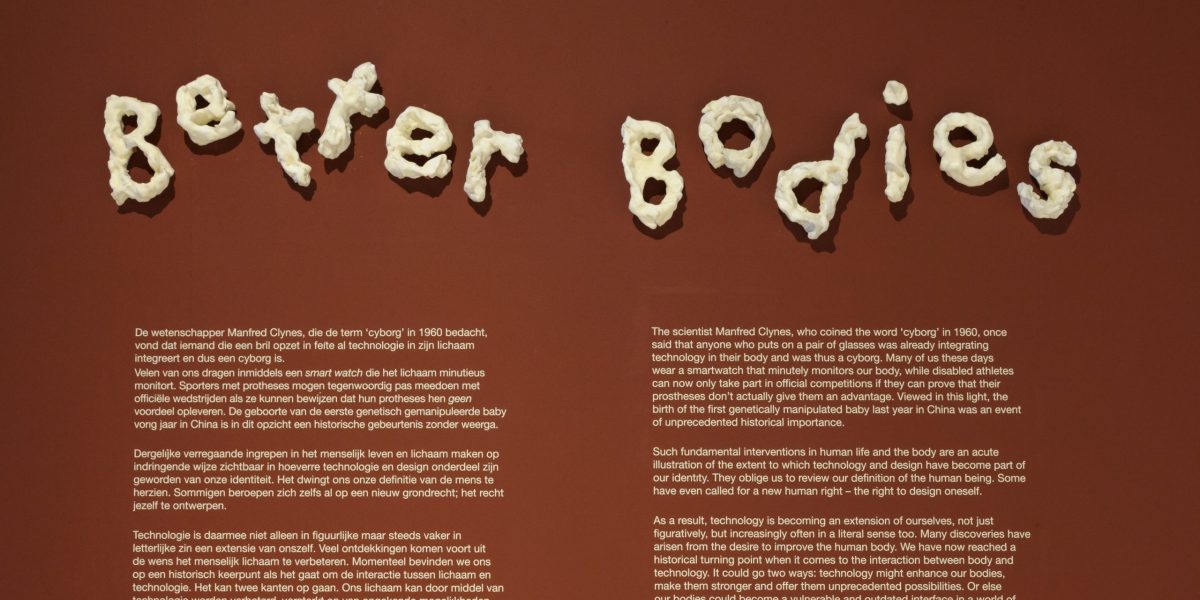
BodyDrift part 1: Better Bodies
The works shown in the part ‘Better Bodies’ of the exhibition share a fundamental belief in the human body. The body is extended, embellished, defended or armed, ready to face the future.

Our seven favourite posthuman novels
These seven novels, which touch on the themes raised by the exhibition BodyDrift – Anatomies of the Future, were chosen as favourites by our museum staff.
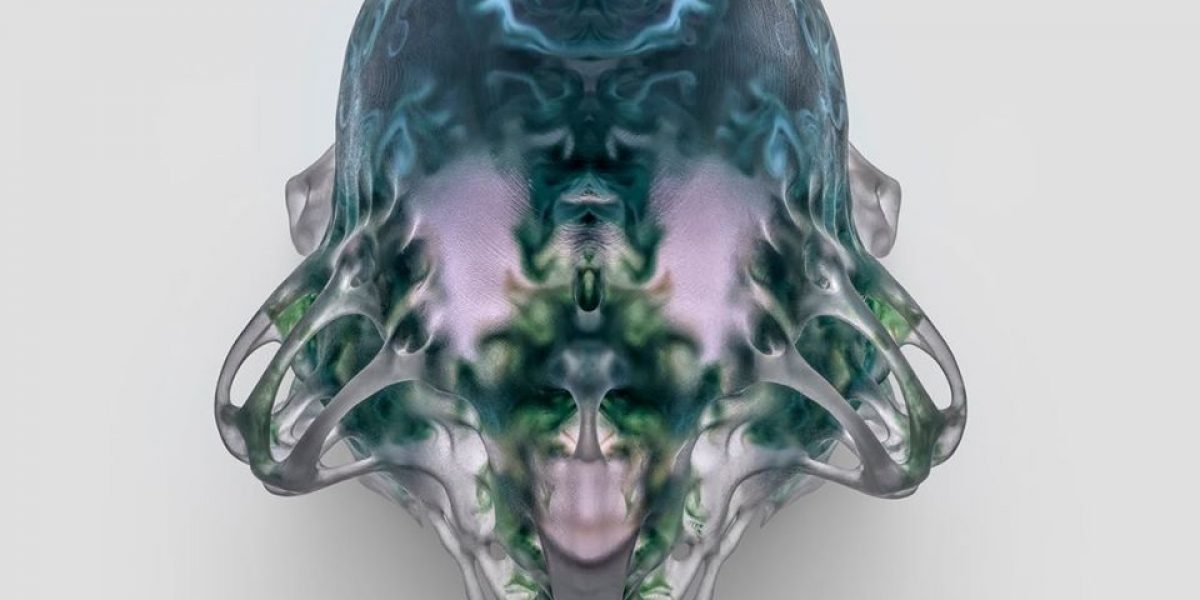
Spotlight: Neri Oxman’s Vespers
The exhibition BodyDrift – Anatomies of the Future includes two death masks by Neri Oxman. Part of her Vespers series, they refer to a centuries-old tradition of death masks, but are 3D-printed and based on specially developed algorithms inspired by structures from nature.
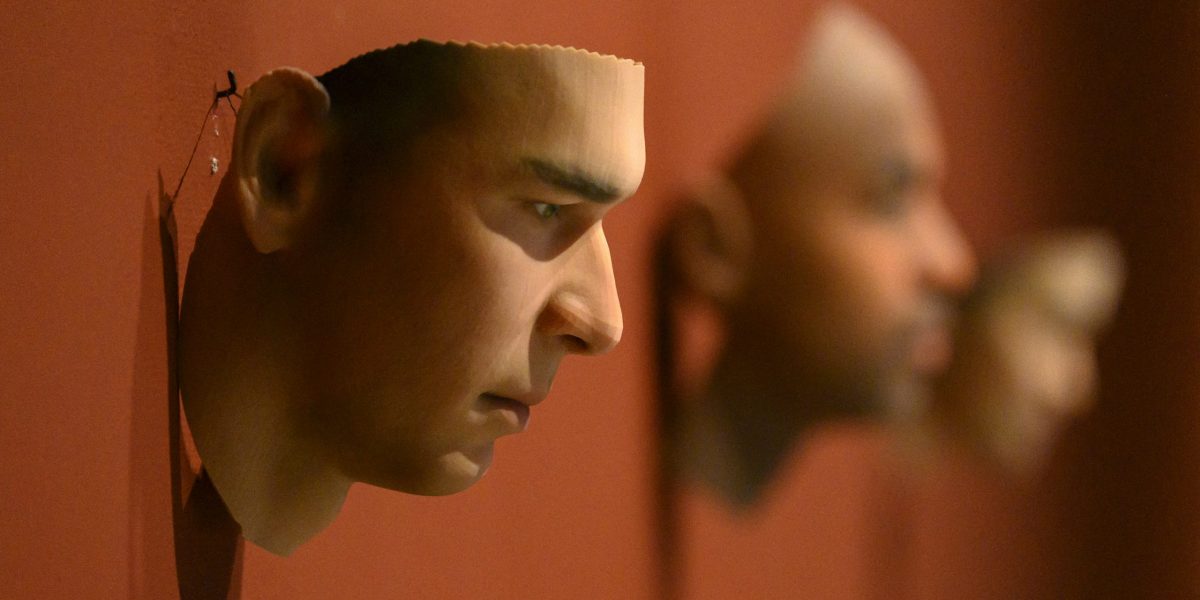
BodyDrift part 2: The Biometric Body
The body is becoming increasingly analysed and digitized, with and without our knowledge, steadily blurring the boundary between the private and public sphere. Explore ‘The Biometric Body’ in the exhibition BodyDrift – Anatomies of the Future.
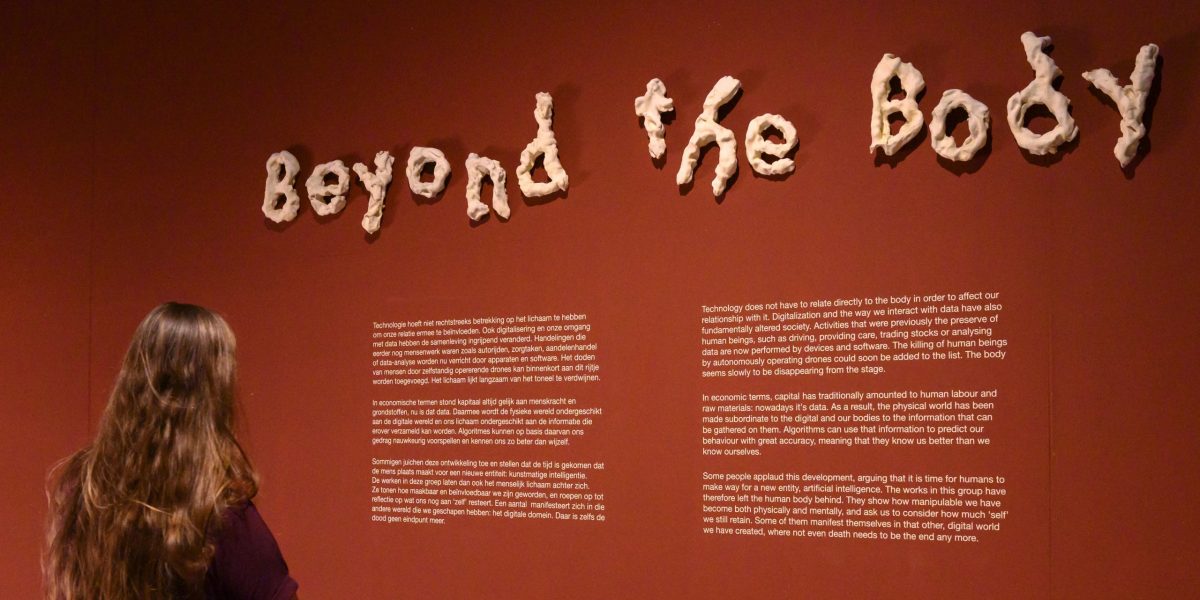
BodyDrift part 3: Beyond the Body
The works in the part ‘Beyond The Body’ of the exhibition BodyDrift have left the human body behind. They show how manipulable we have become both physically and mentally, and ask us to consider how much ‘self’ we still retain.

Unconditional love for artificial intelligence
From Invisibilia – our favourite podcast. What happens when you give artificial intelligence your unconditional love?

Pour out your heart to a chat robot
How a simple chat robot from the 1960s turned out to meet a deep-seated human need.

Couturier without clothes
Research assistant Moyra Besjes talks here about The Fabricant – a digital couturier whose collections have never seen a needle, thread or fabric. The materials used to make these designs are algorithms.

My phone is my psychologist
Paul suffers from anxiety attacks. But rather than going to a psychologist, he decided to write a computer program to solve his problem.
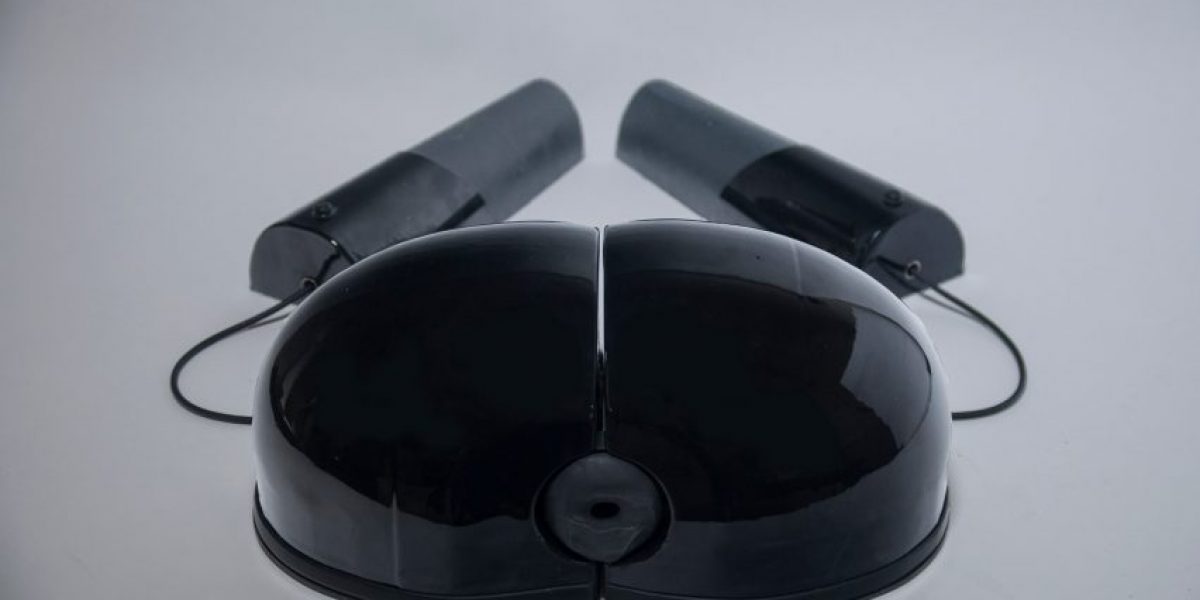
Lockdown sex and VR porn
Sales of sex toys rose 94% during the Covid crisis and the development of Virtual Reality porn has also shifted up a gear. What role might virtual and digital sex play in a physical world?

Is immortality the ultimate goal?
Why are people so obsessed with the idea of immortality? Meet the transhumanists who are convinced that a cure for ageing is within reach and that within a few decades, we’ll no longer face death

Our Computers, Our Selves
Interviews with cyborgs, cyberbullies, neuroscientists and a police chief, who reflect on whether computers are changing us as human beings.

Love, sex and robots
Podcast on the steadily shrinking divide between human and machine. What is the potential for a deep, intense relationship with artificial lovers?
